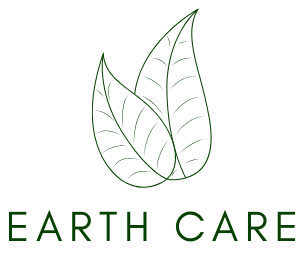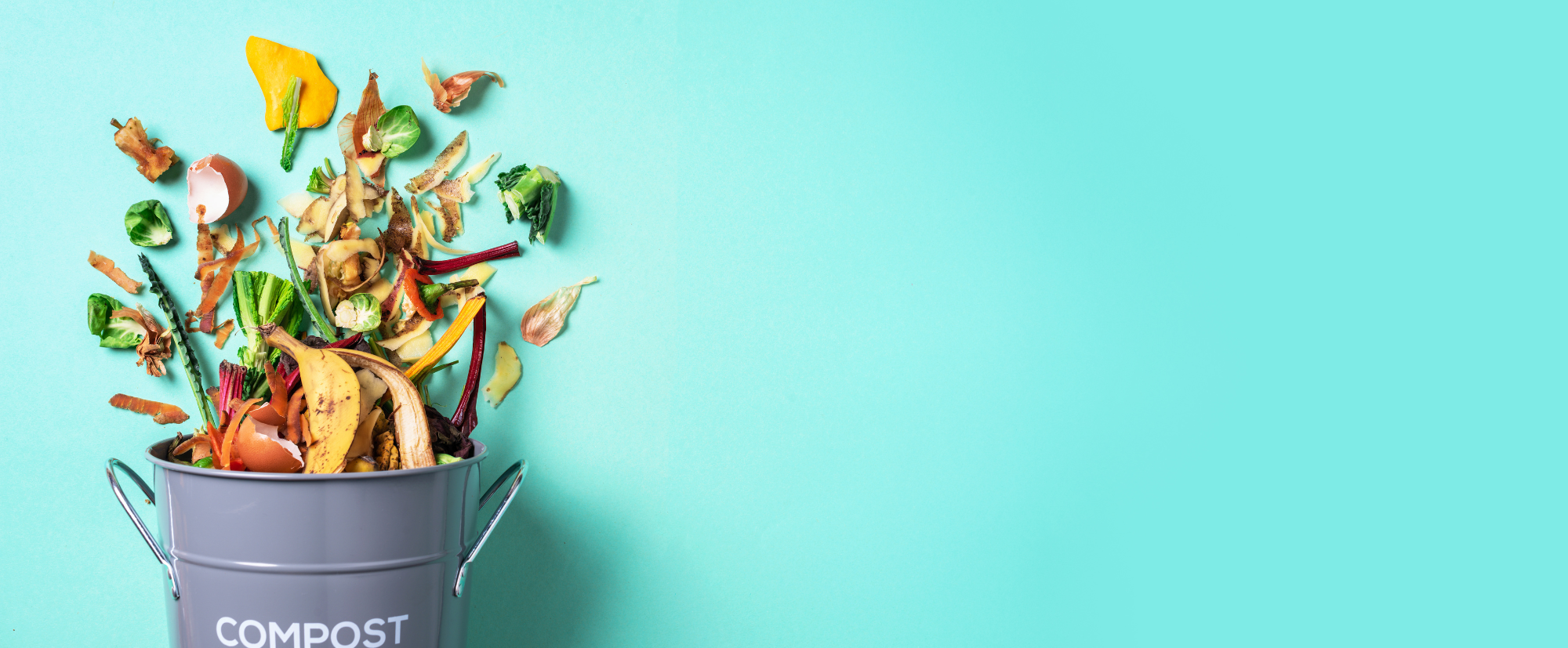What is PLA? Exploring Biodegradable Plastics
Consumer packaging now represents at least 3% of the total waste that is sent out to landfill each year. While this might seem like a small number however the use of plastics and the throwaway culture of people has vastly increased. This in turn has been deteriorating the environment. However, PLA plastic is considered to be a great solution to such an issue. But what is PLA? This is what we will be discovering more in the upcoming part of this article.
The literal word PLA stands for Polylactic Acid. It is made from renewable resources such as sugar cane or starch. It is a natural polymer that has been designed to substitute the most commonly used petroleum-based plastics such as PET or Polyethylene terephthalate.
How Is PLA Made?
Now that it is clear what is PLA, here is more about how is PLA made. Polylactic Acid is a polyester that is made through fermentation under controlled conditions. Carbohydrate sources such as corn starch or sugarcane are used. Its building blocks are either lactide monomers or lactic acid. They are then later polymerized into PLA.
Initially, the corn undergoes wet milling. Here is where the starch of the corn gets separated. The starch is then further mixed along with enzymes or acid and undergoes heating. This process finally breaks down the starch into dextrose (D-glucose), or corn sugar. Lastly, the fermentation of glucose produces L-lactic acid and this is the basic constituent of PLA.
Two methods are used to manufacture PLA plastic from lactic acid and can be provided as follows:
- The first method uses lactide as an intermediate state which produces a higher molecular weight of PLA.
- The second method involves direct polymerization of lactic acid.
PLA Material Properties
Since you have got to know how is PLA made, it is time to know more about what PLA material properties that govern the entire structure of the plastic. Here are some of the PLA material properties that you need to know about:
- Good strength: PLA is quite a strong material and consists of a flexural strength of about 103 MPa.
- Chemical resistance: PLA is chemical resistant and is not readily soluble in solvents such as isopropyl alcohol or acetone. However, some of the certain chemicals can cause it to release lactic acid which can also be harmful when in large quantities.
- Good aesthetic properties: Due to its low melting point, PLA materials which are one of the types of eco-friendly plastics can be used to create parts that can exhibit various fine and smooth details.
- Dimensional stability: Dimensional stability is one of the PLA material properties. Since PLA is not prone to warping it can be easily used to print large 3D model dimensions.
- High stiffness: PLA is a brittle yet very stiff material which also means that it has lower flexibility.
- Low temperature and UV resistance: PLA tends to deform under the presence of UV light and high temperatures.
- Low melting point: Since PLA material has a melting point of about 145 degrees Celsius it is great for 3D printing purposes.
Different Types Of PLA
There are many different types of PLA plastic which differ in their chemical chain. These different types of PLA are also referred to as their stereoisomers. Some of the common types of PLA can be provided as follows:
PDLA (Poly-D-Lactic Acid)
It is a semi-crystalline plastic that is produced through the process of ring-opening polymerization of D-lactic acid. This type of PLA has slower biodegradation rates as compared to all the other types.
PLLA (Poly-L-Lactic Acid)
PLLA is one of the types of PLA where it has a semi-crystalline plastic structure that is produced through the process of ring-opening polymerization of L-lactic acid. This material is usually used for cosmetic applications as an injectable implant to stimulate the formation of collagen. The most common grade of PLA is used in injection molding and 3D printing. PLA+ is also made from PLLA which increases the strength of PLLA.
PDLLA (Poly-DL-Lactic Acid)
PDLLA is one of the types of amorphous eco-friendly plastics that are produced through the polymerization of DL-lactide monomers. This type of PLA however breaks down quickly inside the body and hence makes it an ideal type to use in drug delivery.
Advantages Of PLA
Some of the advantages of PLA plastic can be provided as follows:
1. Low energy required for production:
PLA takes very little energy to produce as compared to other petroleum-based plastic due to its lower melting point of about 165 degrees Celsius. The polymerization of PLA also consumes about 25 to 55% less energy as compared to other polymers.
2. Food safe:
PLA is non-toxic in nature and is hence recognized as safe by the FDA (Food and Drug Administration)
3. Biocompatibility:
PLA is non-toxic to humans. It can remain in contact with the skin of humans without producing any negative effects. When PLA undergoes decomposition there are still no toxic products being produced. It only produces harmless lactic acid. Hence it is often used in stents or sutures that break down inside the body over a few months.
4. Compostable:
While PLA is theoretically considered safe to be compostable, there should still be certain special pressure and temperature under which the process is done which is available only at composting facilities.
5. Mechanical properties:
PLA has good room temperature stiffness and strength however it is not suitable for sudden impact loads.
Disadvantages Of PLA
A few of the disadvantages of using PLA can be provided as follows:
1. Hydrophobic material:
While hydrophobic properties can be beneficial under multiple circumstances, under some conditions it may cause negative in vivo effects such as localized swelling.
2. Low toughness:
PLA is quite brittle in nature and hence easily breaks down rather than bending especially when a huge load is placed on it.
3. High permeability:
PLA is permeable to both water and gasses which tends to pass right through the material.
Application Of PLA
People who know what is PLA also know that there are multiple uses of PLA. PLA is used in a wide number of industries with a large number of applications. Here are some of the applications of PLA that are found in large industries:
Food & Beverage
Since it is derived from natural resources, PLA is non-toxic in nature and hence can be used in food. It can be used to package items that can be later consumed by humans. Such biodegradable plastics formed by PLA are going to be more in trend.
Medical
PLA’s non-toxicity has made it a great component in multiple medical devices such as binding screws and other implantable devices.
Textiles
Another application of PLA is in textiles. PLA is light and breathable which makes it an excellent choice for textile materials.
Cosmetics
PLA is one of the biodegradable plastics and is considerably affordable due to which it has found many uses in cosmetic packaging. This can be viewed as beneficial from both environmental and commercial standpoints.
Prototyping
When used in 3D printing, PLA is a must-have for prototyping where ease of use, speed, and cost are of utmost importance.
Future of PLA
PLA is such a material that it is made from renewable and recyclable resources due to which it has multiple positive sides. Also given the increasing price of oil, corn-based plastics have more benefits to it. The cost of PLA production has also considerably decreased in the past years. However, there needs to be enough care taken to decompose the plastic material where special composting criteria need to be applied.
One of the criteria includes composting facilities to have temperatures as high as 140 degrees Celsius for ten days which can heat the material. Another way to decompose PLA is by sending it to a landfill where it takes about 100 to 1,000 years to break down. While PLA is not such a miraculous substance given the current lack of fossil fuels and lower air pollution, it clearly has a place established in the future of PLA materials.
Conclusion
PLA plastic is sure to be one of the great ways to adopt a more environmentally friendly approach to packaging. However, brands need to check up on all the cons and prod before actually investing in packaging. The throwaway culture of humans should also be addressed properly. Just knowing what is PLA is not enough. It is also important to know how to dispose of the plastic properly. If not, this PLA plastic can also end up in the landfill for the next 100 to 1000 years.
FAQ’s
1. Is PLA safe for food?
Yes, PLA is a safe food substance and can also be used in food containers due to its biodegradability and non-toxic composition.
2. Can I drink from a PLA-printed cup?
As a thermoplastic material, PLA is a great material for cups and food containers, and hence yes, it is possible to drink from a PLA-printed cup.
3. Is PLA safe for children?
Since PLA is a non-toxic bioplastic, it is absolutely safe for children.
4. Does PLA release toxins?
No PLA does not release any toxins. When it decomposes, it only produces organic lactic acid which is harmless for humans.




